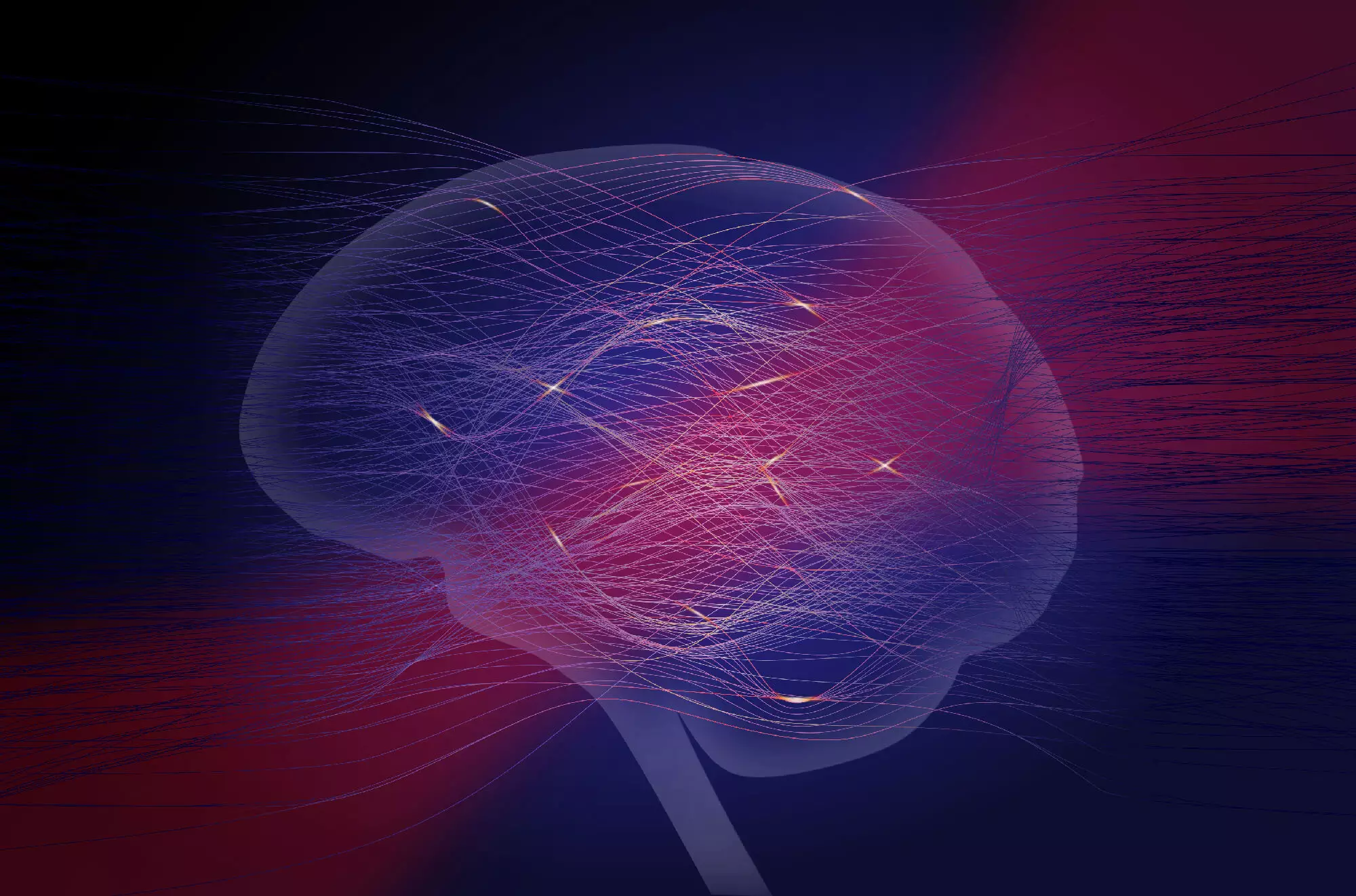The field of machine learning and artificial intelligence is rapidly expanding, with applications ranging from computer vision to text generation. However, the increasing complexity of neural networks is raising concerns about their sustainability due to growing energy consumption and training times. This has led scientists to explore alternative approaches to make machine learning more energy- and cost-efficient.
Neuromorphic computing aims to replace digital neural networks with physical neural networks that can perform mathematical operations in a faster and more energy-efficient way. Optics and photonics have emerged as promising platforms for neuromorphic computing, as they allow for parallel computations at high speeds with minimal energy consumption. However, there have been two significant challenges in implementing optical neural networks: the need for high laser powers to perform complex mathematical computations and the lack of an efficient training method for physical neural networks.
Researchers at the Max Planck Institute for the Science of Light have proposed a new method for implementing optical neural networks that address these challenges. By changing the light transmission to imprint input signals, the researchers can process data in an arbitrary fashion without the need for high-power light fields. This approach simplifies the evaluation and training of physical neural networks, making it as straightforward as sending light through the system and observing the transmitted light.
In simulations, the researchers demonstrated that their method can achieve the same accuracy as digital neural networks in tasks such as image classification. The authors plan to collaborate with experimental groups to explore the implementation of their method across a variety of systems. Their approach significantly relaxes the experimental requirements, making it applicable to a wide range of platforms and opening up new possibilities for neuromorphic devices.
The proposal of implementing neural networks with an optical system offers a promising solution to the sustainability challenges facing traditional machine learning approaches. By leveraging the speed and energy efficiency of optics, researchers can pave the way for more efficient and scalable neural network implementations. As the field of neuromorphic computing continues to evolve, the integration of optical systems could revolutionize the way we approach machine learning in the future.


Leave a Reply